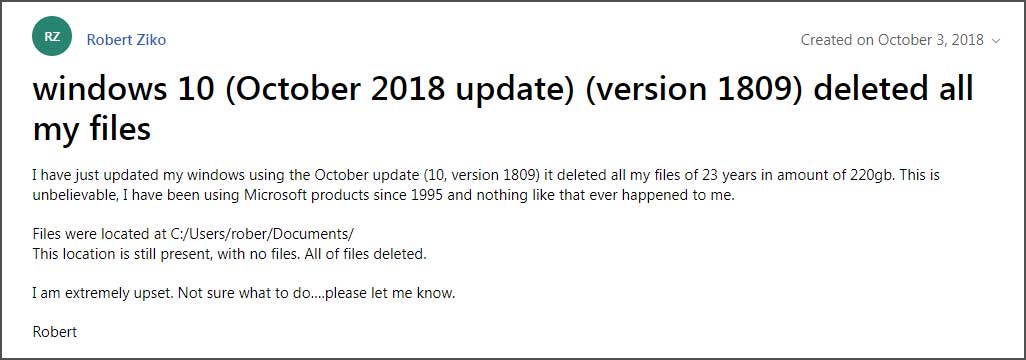
.Helpful resources.General rules. Follow.
The OneDrive icon on the Windows 10 system tray isn’t just another meaningless icon. It provides all sorts of visual clues that can help you determine what goes on at a quick glance.

Keep it civil and on topic.
The OneDrive icon on the Windows 10 system tray isn’t just another meaningless icon. It provides all sorts of visual clues that can help you determine what goes on at a quick glance.
Whether it’s denoting actively syncing files, a paused sync session, the OneDrive icon serves a vital purpose. But what if it goes missing?That’d be pretty bad. Aside from losing out on crucial OneDrive statuses and the ability to manage the cloud storage service, you are left in the dark as to whether OneDrive is even functioning normally. There are a few possible reasons why the OneDrive icon can go missing, and the following troubleshooting tips should help you get it right back. Unhide OneDrive IconWindows 10 often tends to hide various icons just because there are too many of them on the system tray. To check if this is the case with OneDrive icon as well, simply click the arrow-shaped icon to the left of the system tray, and you should be able to see all hidden icons within a separate pane.If the OneDrive icon is available among them, simply drag and drop it onto the system tray, and you should be good to go. Enable Icon in System TrayIt's possible for the OneDrive icon to be disabled from appearing as a system tray icon in the first place.
To check if that’s the case, you need to dive into the Windows 10 Settings panel briefly.Step 1: Right-click a vacant area on the taskbar, and then click Taskbar Settings on the context menu.Step 2: Scroll down to the Notification Area section, and then click Select Which Icons Appear on the Taskbar.Step 3: If you see the toggle next to Microsoft OneDrive turned off, simply turn it back on.The OneDrive icon should now be visible on the system tray immediately. If it doesn’t, check among the hidden icons and just drag it out onto the system tray. Note: Locally stored files aren’t affected by the OneDrive reset, nor do you have to redownload any files afterward either.To do that, press Windows+R to open the Run box, copy and paste the following path into the Open field, and then click OK:%localappdata%MicrosoftOneDriveonedrive.exe /resetIf the OneDrive icon doesn’t appear in about two minutes, enter the path below into the Run box, and then click OK:%localappdata%MicrosoftOneDriveonedrive.exeThe reset should clear the OneDrive cache and resolve any issues that prevented it from working normally.
- Disable OneDrive in Windows 10. Disabling OneDrive in Windows 10 is super easy, because it’s built right into OneDrive’s settings for once. If you want to use OneDrive in the future, this is the best way to deal with it instead of uninstalling it.
- Nov 08, 2015 OneDrive disappeared from file explorer in W10 Hey all, Preface: I had Windows 8.1 and I never used SkyDrive or, later, OneDrive, but since it's so inbred with Windows 10, I.
You'll most probably see the OneDrive icon on the system tray afterward. Modify System RegistryDidn’t resetting OneDrive work?
Onedrive.exe Missing Windows 10 Download
Then it’s time to dive into. Third-party applications — anti-tracking programs, in particular — can perform various modifications to the operating system and inadvertently disable OneDrive in the process. But don’t worry — you won't have to do anything complicated.Step 1: Open the Run box. Next, type regedit into the search field, and then click OK.Step 2: Copy and paste the following path into the address bar of the Registry Editor, and then press Enter.HKEYLOCALMACHINESOFTWAREPoliciesMicrosoftWindowsOneDriveStep 3: Right-click the registry key labeled DisableFileSyncNGSC, and then select Modify.
Tip: To determine what version of Windows 10 you have, type 'Windows Version' into the Start menu, and then select 'See if you have a 32-bit or 64-bit version of Windows' from among the search results.Windows 10 32-bit:%SystemRoot%System32OneDriveSetup.exe /uninstallWindows 10 64-bit:%SystemRoot%SysWOW64OneDriveSetup.exe /uninstallThe command specifies Windows 10 to remove OneDrive, but you won't see any visual confirmation.